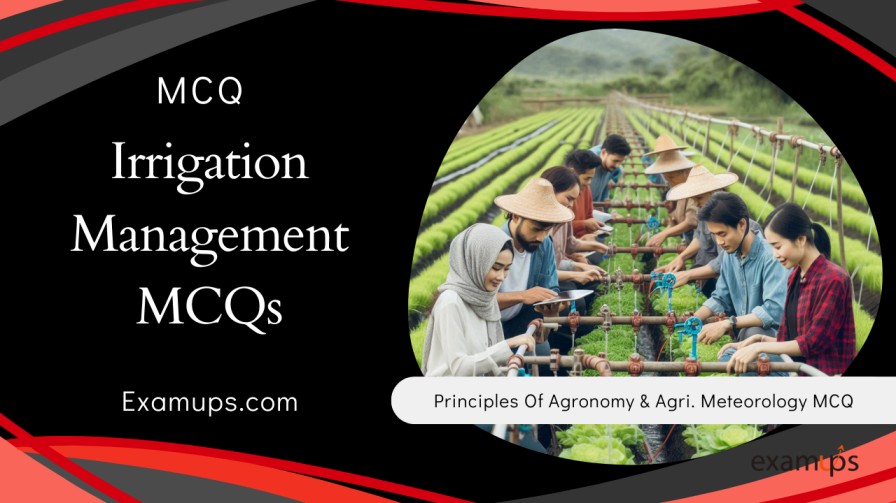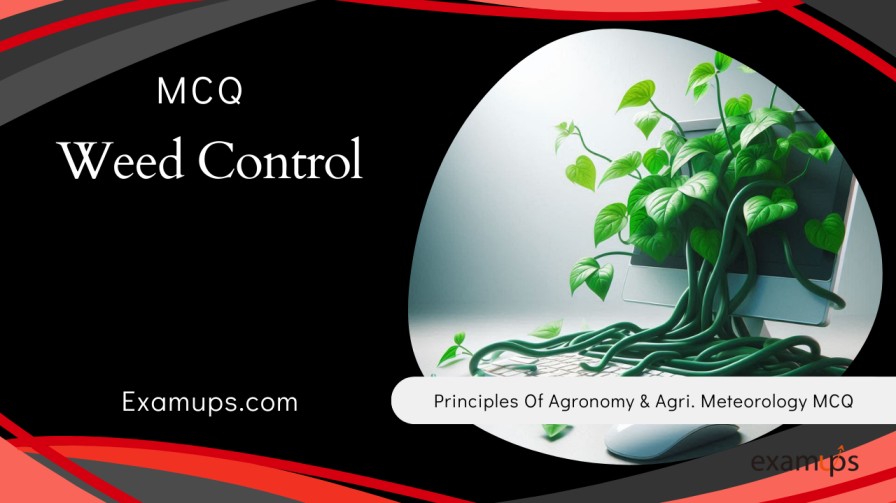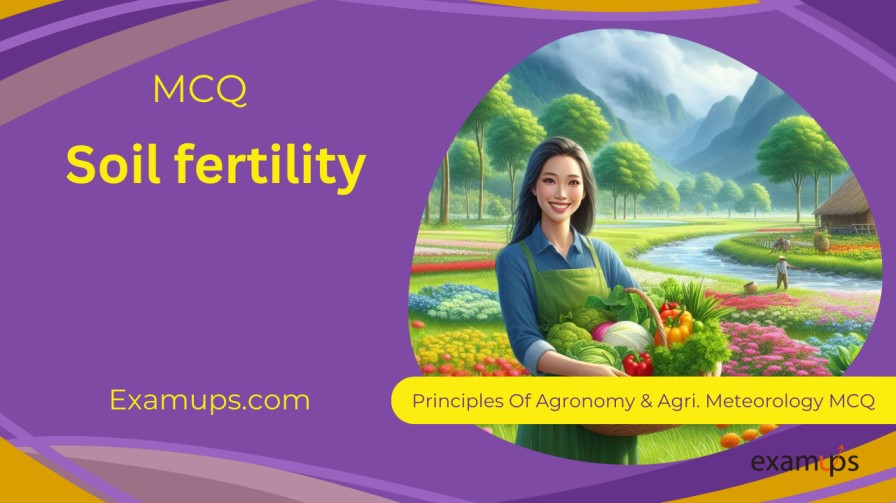MCQs on Irrigation Management and DrainageMCQs on Irrigation Management and Drainage
Irrigation Management and Drainage MCQ for ICAR-JEF, ICAR-SRF, ICAR-NET, IBPS-AFO/SO, Pre-PG, BHU Pre-PG, IFFCO-AGT, CCI, FCI, B.sc, M.sc, etc. Here are 20 multiple-choice questions (MCQs) with answers and explanations on









